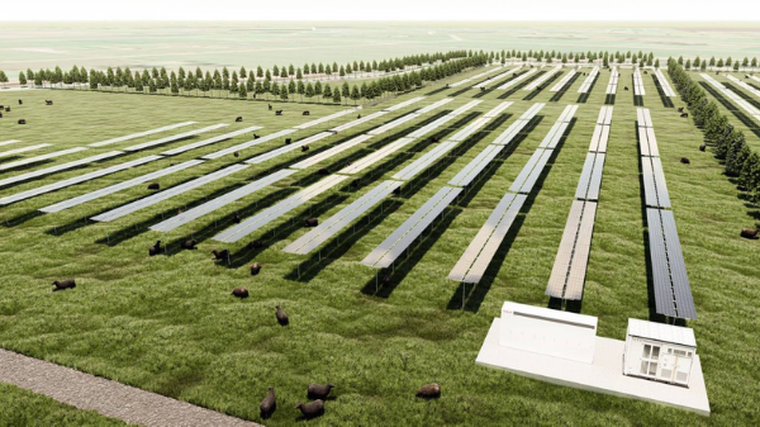$300m invested in solar

Construction work will soon start on five solar farms across the North Island to feed sustainable energy into the national grid.
To be built in Whakatane, Edgecombe, Whitianga, Kaitaia and Dargaville, each will contain between 70,000 and 170,000 solar panels.
The locations have been chosen to maximise the sun they receive each day with energy collected from both sides of the panels as light reflects up off the ground.
Combined, the farms will produce about 400GWh of clean energy, which is the equivalent of powering 55,000 homes or more than 150,000 electric vehicles (EVs).
Gary Holden, managing director of Lodestone Energy, describes his company’s $300 million development as most ambitious solar venture in the country.
“These farms are a game-changer for the electricity market and will increase New Zealand’s current solar generation eightfold. The first phase of development will see more than half a million solar panels built over 500 hectares of land.
“The five solar farms will act as one giant generation plant, helping reduce the country’s reliance on fossil fuels.
“Solar costs have fallen sharply in recent years, and we are now at the point where grid-scale solar power, if well-located, is the most economic form of new electricity generation.
“Also, because it delivers power during the daytime period, it has the highest value to the market."
The farms will comprise of between 70,000 and 170,000 solar panels that would track the sun across the sky.
“We have selected each site so that it’s located in the country's sunbelt, between the 34th and 39th parallel, placing them at the equivalent latitude of the Mediterranean and Southern California,” adds Holden.
Construction on the Kaitaia site – the artist’s impression with this article shows what it will look like – is slated scheduled to start late this year and it should be producing electricity by next summer.
The plant will be environmentally friendly, use no water, male little noise and will release zero emissions.
Its panels will be raised off the ground, so the land can continue to be grazed or cropped.





